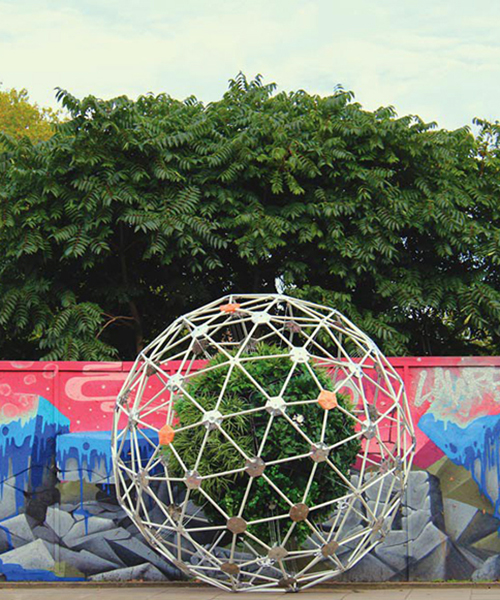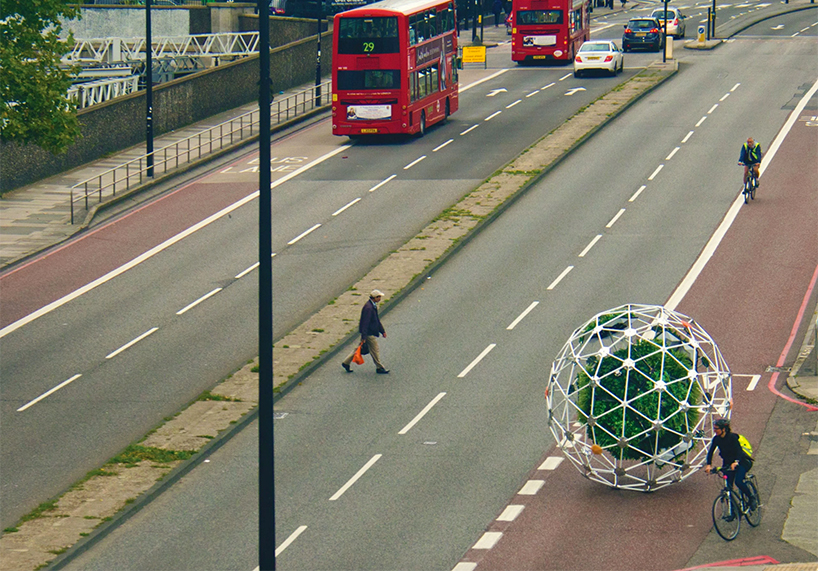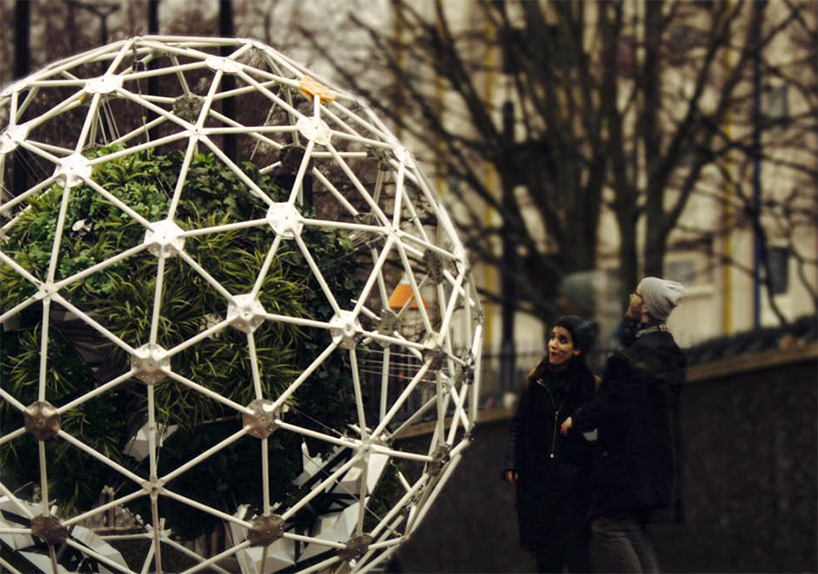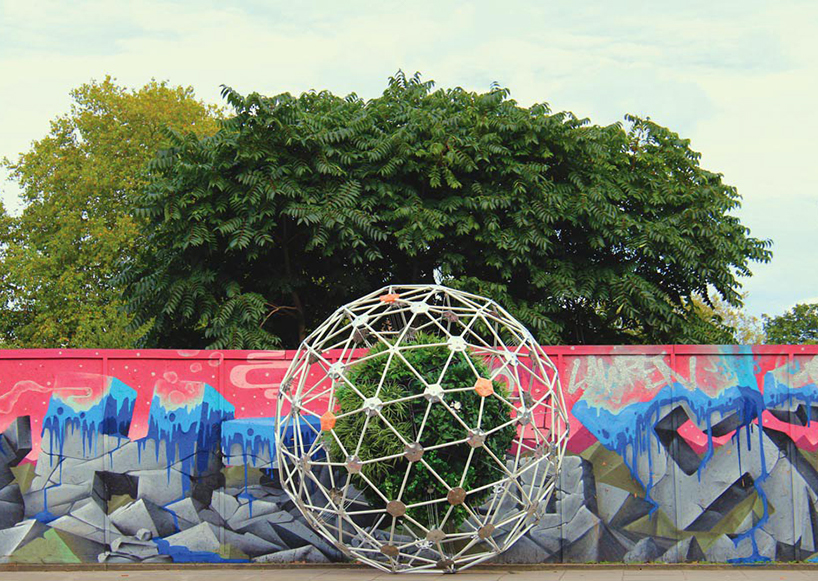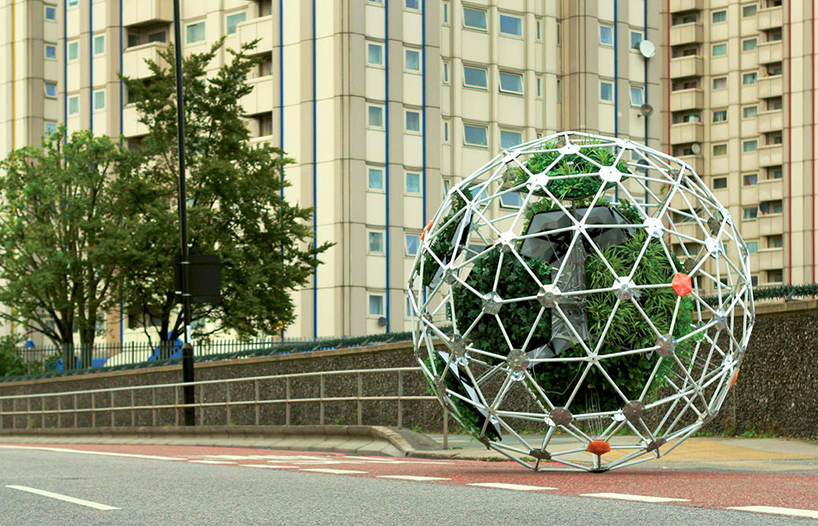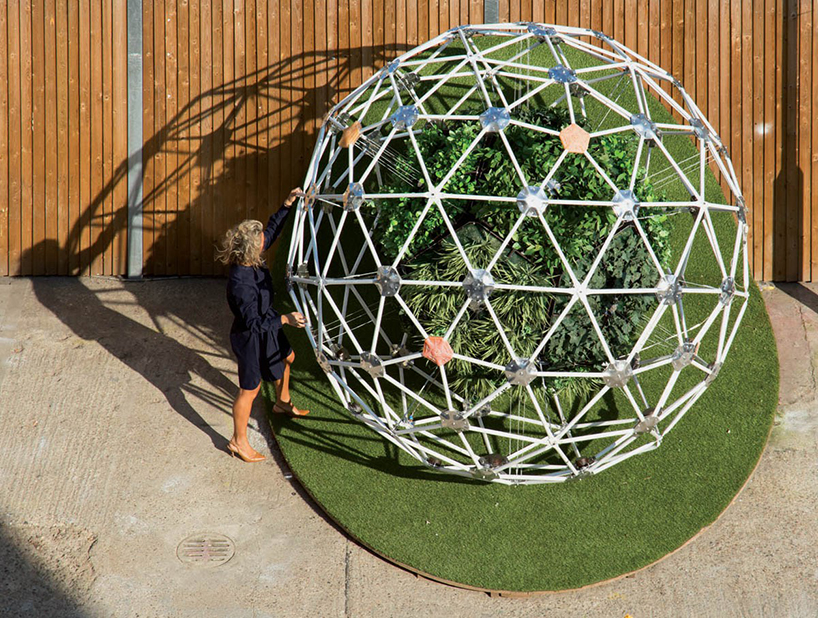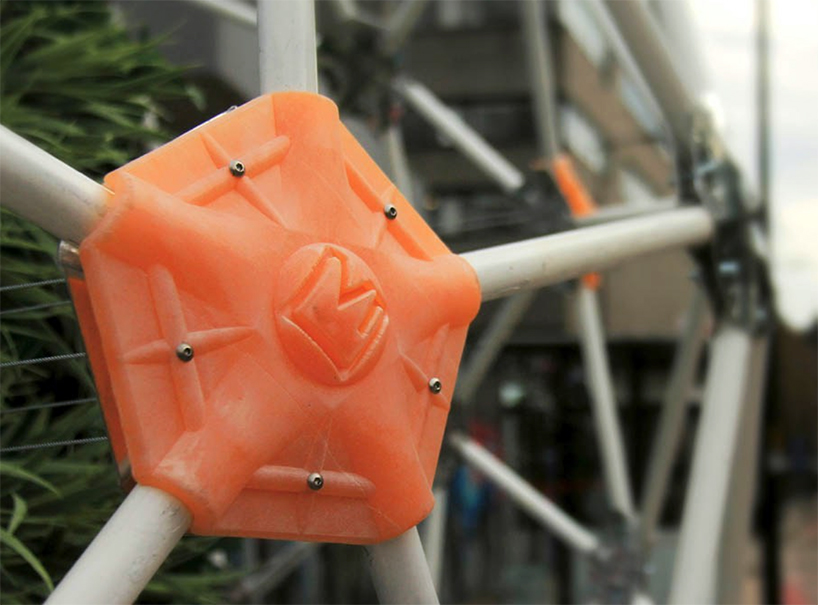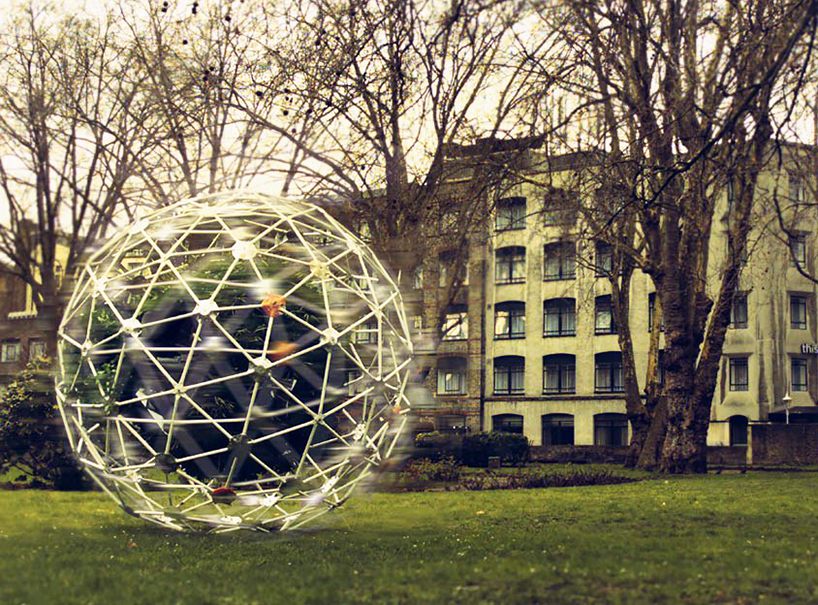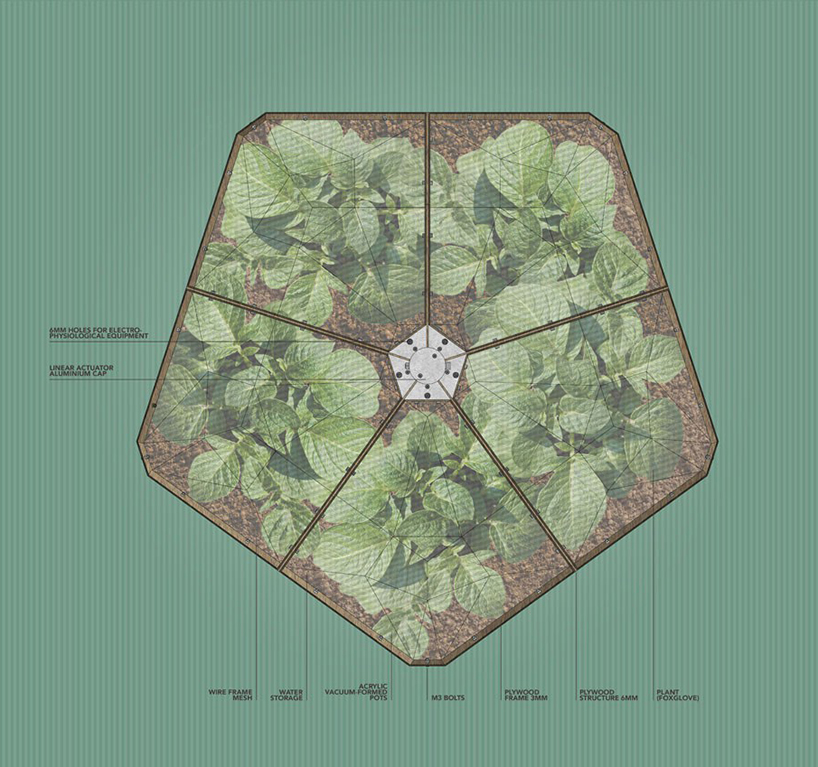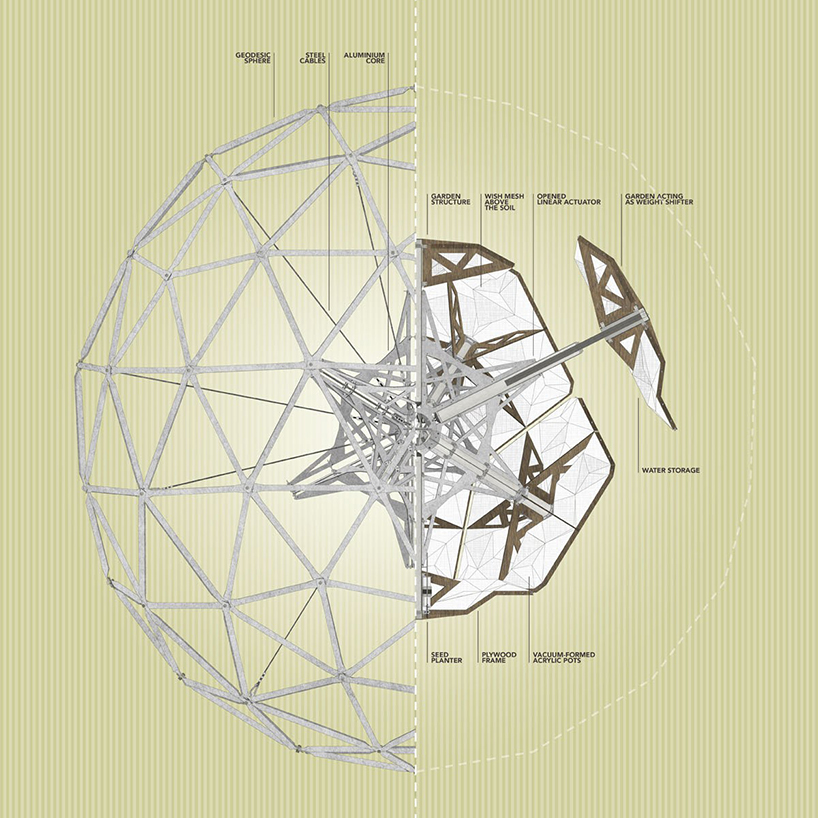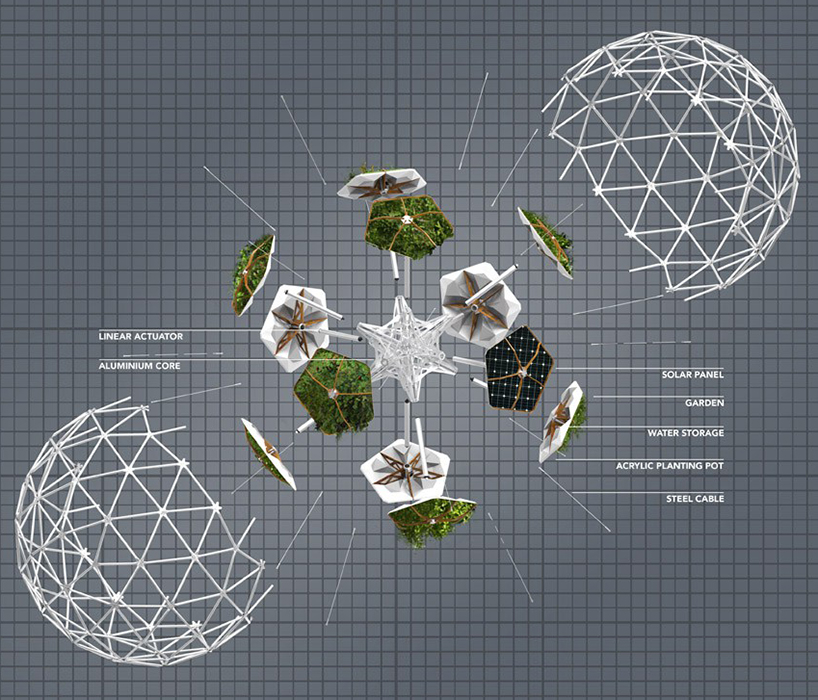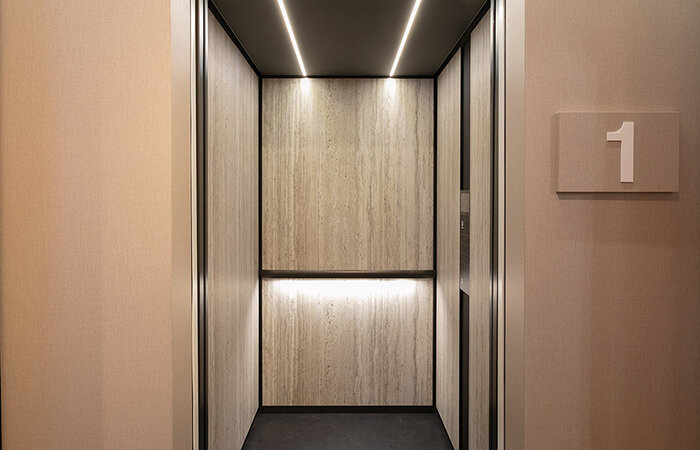KEEP UP WITH OUR DAILY AND WEEKLY NEWSLETTERS
happening now! swiss mobility specialist schindler introduces its 2025 innovation, the schindler X8 elevator, bringing the company’s revolutionary design directly to cities like milan and basel.
amid the rush of a hyper-accelerated world, the hue stands in for a blank canvas.
connections: 45
designboom radar rounds up a list of must-see exhibitions around the world to check out during the month of december.
connections: +160
running until july 26th, 2026, the show marks the first time wes anderson’s archives have been publicly displayed in the UK.
connections: +190
the spiral structure follows principles of fluid dynamics and thermodynamics to optimize heat distribution.
connections: 94
